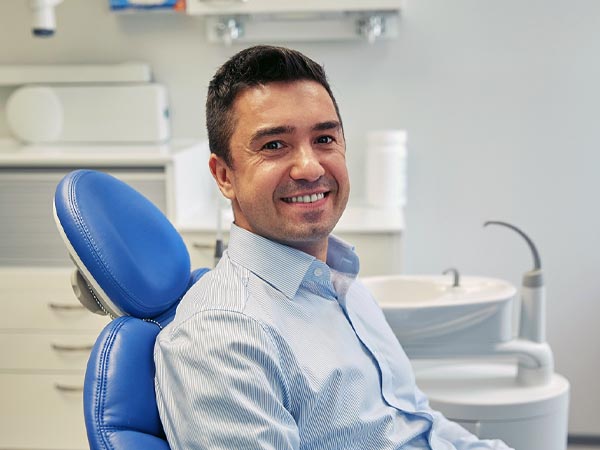
TMD & Migraine Headaches
What is TMD?
Temporomandibular joint disorders or dysfunction (TMD) refers to inflammation, misalignment or disease that affect the temporomandibular joint (jaw joint) and the surrounding muscles, ligaments and soft tissue.
Temporomandibular joint disorders can cause pain that spreads across the face, head, neck and shoulders. For some patients, TMD pain can also produce migraine headaches. This is even more likely for patients that have a history of chronic migraine headaches.
Migraine Headache Symptoms
If you or a family member experience migraine headaches, you know that they can be painful and overwhelming. Migraine headaches were ranked 19th among debilitating diseases globally by the World Health Organization (U.S. National Library of Medicine National Institutes of Health).
Patients with migraines describe the headache as severe, throbbing head pain, especially on one side of the head. Pain is usually followed by nausea or vomiting; some migraine sufferers also have extreme sensitivity to light and sound.
Treatment for Migraines related to TMD
Treatment for migraines associated with temporomandibular joint disorders is primarily focused on prevention of the troublemaker, TMJ pain.
Athens TMD dentist Dr. Phillip Durden provides evaluation and treatment for TMJ disorders at our Dental Sleep Medicine of Athens facility. Dr. Durden will work closely with your physician to develop a treatment plan to manage TMJ health and other factors that may be contributing to migraine headaches. Learn more about TMJ disorders.
Oral appliance therapy is generally recommended for treatment of TMD to alleviate pressure on the jaw joint and allow it to heal. A removable oral appliance (bite guard or stabilization splint) is worn over the teeth to prevent damage to the TMJ from teeth grinding or clenching and reduce strain on the surrounding muscles and tissues. A TMJ oral appliance is typically worn at night during sleep.
If TMJ disorder symptoms are related to obstructive sleep apnea, Dr. Durden will work with a sleep physician to design an oral sleep appliance that assists with both airway support and protection of the TMJ. Learn more about TMJ oral appliance therapy.
Myofascial Pain and Trigger Points
Fascia, a thin layer of connective tissues, covers and holds the position of our muscles, organs, bones, blood vessels and nerve fibers within the body. Much like our skin, fascia is sensitive to touch, temperature or pain. Chronic pain can make an area of fascia highly sensitive, developing into a ‘trigger point› of pain within the network of nerves of the fascia. As the trigger point senses pain, it spreads throughout the fascia to cause pain in another part of the body (referred pain).
When a pain trigger point develops in the fascia surrounding the TMJ, the effects may be felt at the forehead or skull, and potentially cause a migraine headache. Learn more about myofascial pain.
Get Relief from TMD Pain and Migraine Headaches
If you are experiencing jaw pain, headaches and migraines, ask your physician about TMD or contact Dental Sleep Medicine of Athens for more information about treatment of TMJ disorders.